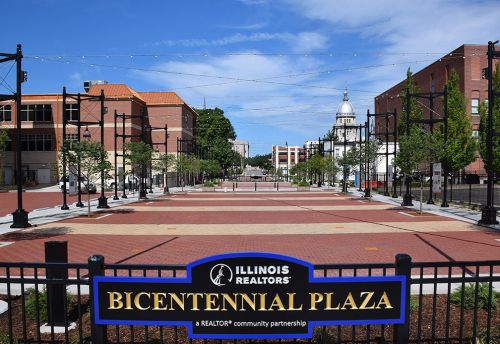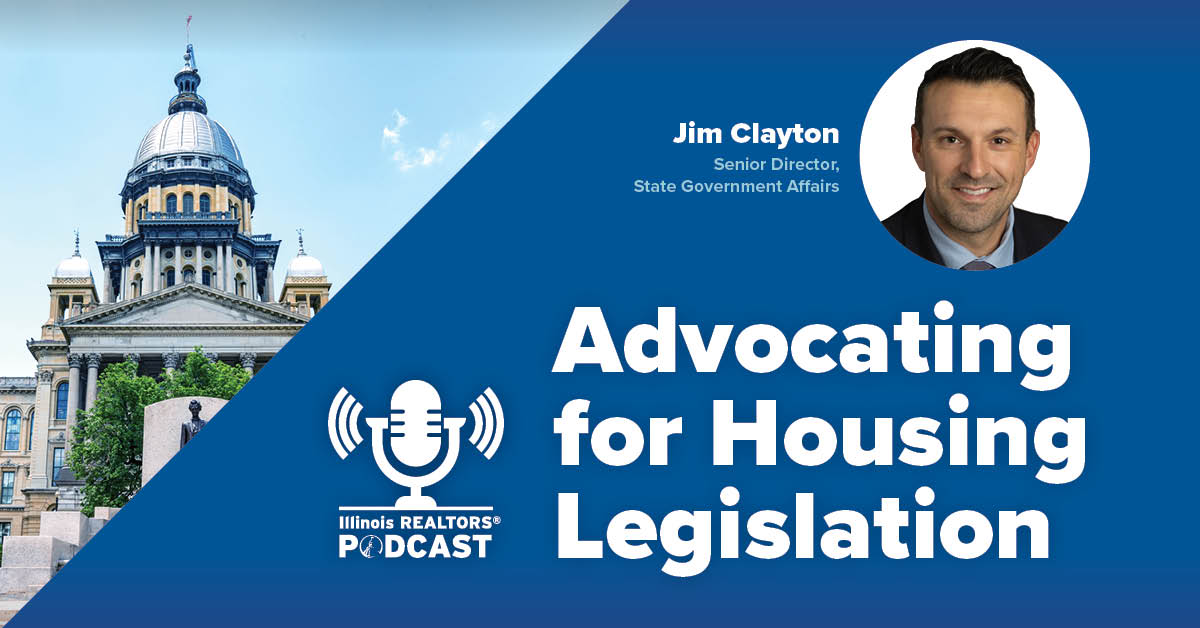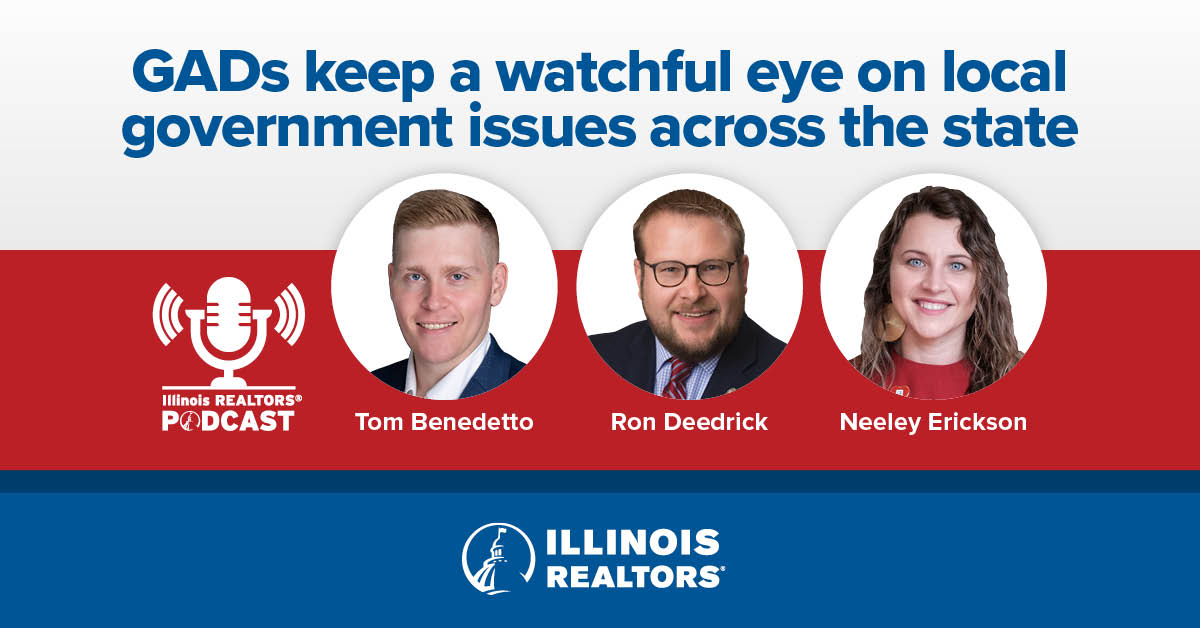 Developers, REALTORS® and design professionals are fully aware of the impact that building codes have for their clients. In many cases clients have to be briefed on what is or what is not permissible by the building code, with material costs generally being front and center. REALTORS® in Chicago have long complained about low-voltage wires having to be put in conduit, or potable water having to be put in copper pipe as classic examples.
Developers, REALTORS® and design professionals are fully aware of the impact that building codes have for their clients. In many cases clients have to be briefed on what is or what is not permissible by the building code, with material costs generally being front and center. REALTORS® in Chicago have long complained about low-voltage wires having to be put in conduit, or potable water having to be put in copper pipe as classic examples.
But the more you delve into the issues, the list of challenges with code enforcement goes much deeper. Here are some examples.
- Time is money for all of us. This stated, how often have you had to wait for inspectors who either do not schedule appointments forcing you or your client to drop everything without notice to be available for inspection? This is an added cost to development.
- There is nothing worse than inconsistency. How many of you have been told one set of issues from one examiner or inspector only to be told by another inspector a whole new list of issues?
- Many code violations are required to be cured within the same time threshold; whether it’s a life safety issue or a general maintenance problem. As both of these types of violations are treated the same; the hearing officers are overburdened. Some say code violations seem more focused on fines and hearings than compliance. Wouldn’t it be easier to ask for compliance on maintenance issues within a time certain and protect public safety by dealing with life safety? In addition, when you get to administrative court, the judges do not have judicial discretion as they consider cases. This makes the entire process suspect to those who have gone through it.
- The City of Chicago has long been concerned about issues of impropriety when looking at the relationship between the owner and inspectors. Rightly so, the policies implemented to assure there is no favoritism have gone a long way to minimize wrongdoing. It has also limited communications between parties so as to answer even the most basic of questions.
- Sometimes the code is simply excessive. In Chicago, porches as a result of the 2003 porch collapse were reengineered in the building code. The new code demands the porch carry weigh loads of 100lbs per square foot, which is in excess of parking garages. In essence, this code re-write assured safety at a huge cost. Almost no porches in the city met the code and no porches were grandfathered in.
- The technology gap between the consumer and the government is growing. This has led to bills for inspections that never occurred and cannot be appealed, violations improperly applied and other delays.
- The development process is complicated with zoning carrying significant weight in the process even if the project is unrelated to zoning.
- And don’t get a person going about getting a permit….
As you can see, there are many issues and perhaps many more. Are there solutions? Sure there are! Self-certification of permits provided they are done by a licensed architect is a start. Looking at other building codes from cities with unions may show some differences in materials. Streamlining permitting and more transparency are also on the table.
While this is about Chicago, other areas of the state may have similar problems and I am certain many of you have solutions and issues you might want to share. What do you think and what would you recommend?
Brian A. Bernardoni is the Illinois Association of REALTORS® local Government Affairs Director (GAD) representing the Chicago Association of REALTORS®.



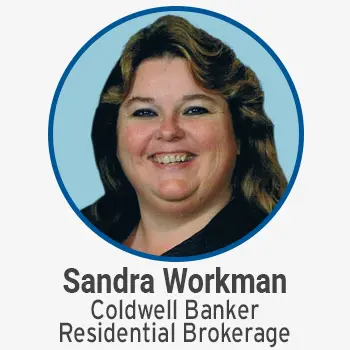
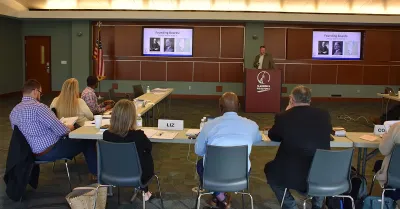 Create professional development programs that help REALTORS® strengthen their businesses.
Create professional development programs that help REALTORS® strengthen their businesses.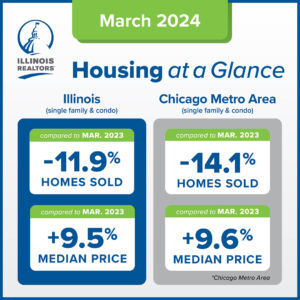
 Protect private property rights and promote the value of REALTORS®.
Protect private property rights and promote the value of REALTORS®.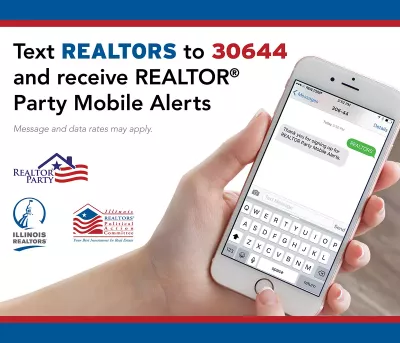
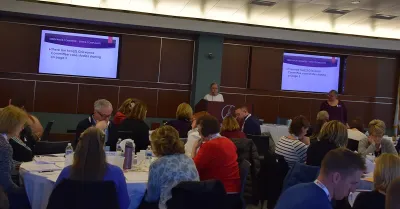 Advance ethics enforcement programs that increase REALTOR® professionalism.
Advance ethics enforcement programs that increase REALTOR® professionalism.
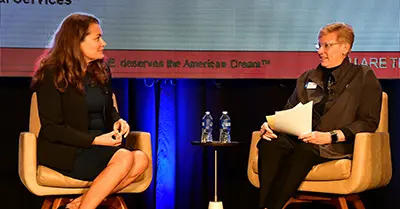 Protect REALTORS® by providing legal guidance and education.
Protect REALTORS® by providing legal guidance and education. Stay current on industry issues with daily news from Illinois REALTORS®, network with other professionals, attend a seminar, and keep up with industry trends through events throughout the year.
Stay current on industry issues with daily news from Illinois REALTORS®, network with other professionals, attend a seminar, and keep up with industry trends through events throughout the year.